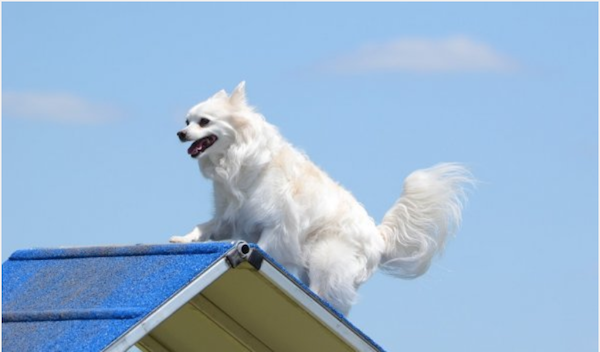
People of a certain age will remember circuses, and people who are no longer with us knew about “mud shows,” circuses that traveled from one town to the next by wagon. By the early 1820s, there were some thirty animal circuses touring the eastern United State this way; they moved at night over country roads, often mired in mud.
In time, trains replaced wagons, and the name, “mud show” was replaced by the moniker, “circus train.” Two of the best known of them were Ringling Brothers, and Barnum & Bailey Circuses. Each of the companies traveled in two circus trains, the blue unit and the red unit, and each alternated over a two-year schedule that would bring a new show to each location once a year. By the 1910s, the Ringling Bros. Circus employed more than 1,000 people, owned 335 horses, 26 elephants, 16 camels and other assorted animals that traveled on 92 railcars. In time, the two circuses merged to be Ringling Brothers and Barnum & Bailey, and a RBBB circus train grew to be more than one mile long. There were cars devoted to living quarters for the performers and animal keepers, but also special stock cars for the animals, and flatcars to move circus wagons, equipment, and even a bus.
Before the two circuses merged, and right before the Great Depression, Ringling Brothers bought up several smaller circuses, and one of them was a rival, the Cooper Bros. Railroad Circus. The Cooper Railroad circus was the last of the Gilly Shows, entirely different in operation than other railroad circuses because they used only two railroad cars, a baggage car and a coach.
We mention the Cooper circus because it is believed to have been the first circus to utilize the talents of the American Eskimo Dog, probably in 1917, and became known for its dog acts. The Eskies danced to music, performed with clowns, weaved in and out of wagon wheels, and one even walked on a tightrope (in the 1930s, an AED named “Stout Pal Pierre” became famous for walking a tightrope in the Barnum and Bailey Circus). The circuses often sold Eskie puppies after a show, and many of today’s American Eskimo Dogs can trace their lineage back to these circus dogs.
It’s foolish to say that the American Eskimo Dog has circus life in its DNA, but it’s not silly at all to state that the breed’s versatility, intelligence, and quickness made it a natural for agility and dancing acts. The American Eskimo Dog Club of America points out that the breed’s historical association with the circus began in Germany, presumably where Romani/Gypsies who traveled with these dogs also trained them to do tricks. They “invited the local townspeople to come and watch the dogs, for a fee of course,” and thus was born an association between the breed and performing for the public. Not surprisingly, today the breed routinely shows up in Master Agility rankings.
Photo: American Eskimo Dog at Dog Agility Trial from DepositPhoto
